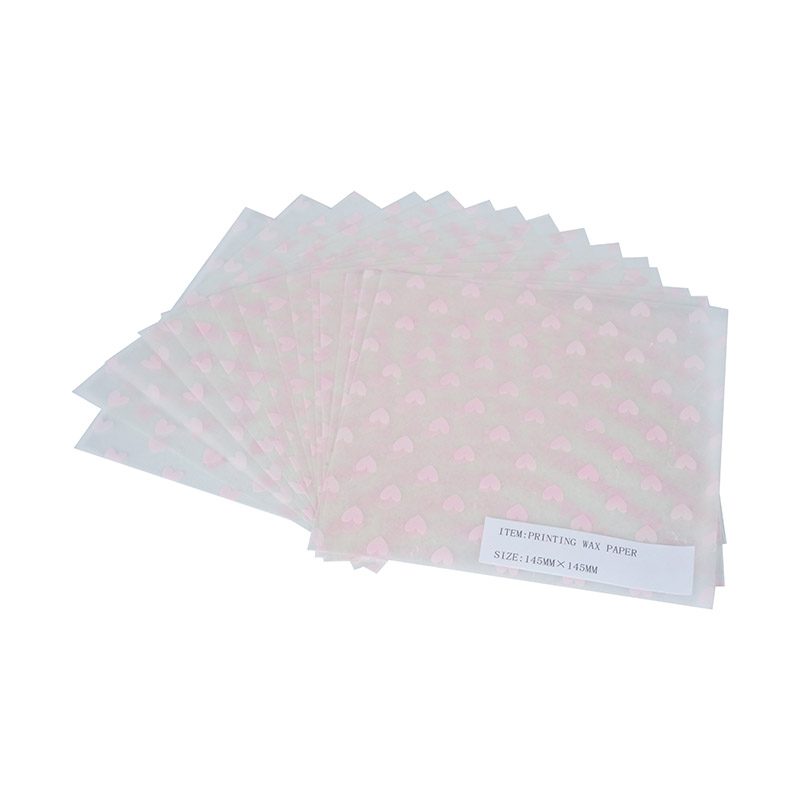Wax paper, a humble yet versatile household staple, often finds itself tucked away in kitchen drawers or pantry shelves, quietly waiting for its next task. Despite its unassuming appearance, this thin, translucent sheet has carved out an indispensable role in both culinary and non-culinary domains. Let’s explore the origins, uses, and unique qualities of wax paper that make it such a fascinating material.
The story of wax paper begins long before modern kitchens existed. Its invention is credited to Thomas Edison, who sought a way to protect his lightbulb prototypes from dust during production. By coating plain paper with paraffin wax, he created a moisture-resistant barrier—a breakthrough that would later inspire countless applications beyond industrial purposes. Today, wax paper owes much of its popularity to homemakers and chefs alike, who value its practicality and affordability.
At its core, wax paper is exactly what its name suggests: a layer of paper infused with food-grade wax, typically paraffin or soy-based. This coating serves as a shield against grease, moisture, and even mild heat exposure (though not high temperatures). Unlike parchment paper, which can endure the intense heat of ovens, wax paper’s melting point makes it unsuitable for baking directly on open flames or within hot appliances like toaster ovens. However, its limitations are far outweighed by its strengths when used appropriately.

In the kitchen, wax paper shines brightest as a tool for preparation and storage. It provides a non-stick surface perfect for rolling out dough without flour messes or sticking. When wrapping sandwiches, cheese, or baked goods, it keeps them fresh while preventing sogginess caused by condensation. Bakers also appreciate how easily wax paper peels away from sticky candies or chocolate-covered treats, ensuring clean edges and minimal waste.
Beyond food-related tasks, wax paper reveals unexpected talents. Artists use it to create textured effects in paintings or to protect surfaces during craft projects. DIY enthusiasts turn to it for smoothing seams in upholstery work or as a temporary stencil material. Even tech-savvy individuals have discovered that wax paper can help clean smudges off smartphone screens or glide smoothly under furniture legs to prevent scratches on floors.
One cannot discuss wax paper without acknowledging its environmental implications. While traditional wax paper coated with petroleum-based paraffin raises concerns about sustainability, newer eco-friendly alternatives made from plant-based waxes offer promising solutions. These biodegradable versions align with growing consumer demand for greener products, proving that innovation continues to shape this simple yet essential item.
What sets wax paper apart from other kitchen essentials is its adaptability. Whether you’re lining countertops to catch crumbs, separating frozen burger patties, or crafting homemade candles, wax paper proves time and again that simplicity does not equate to insignificance. Its ability to solve everyday problems with elegance and efficiency has earned it a permanent spot in homes worldwide.


 English
English русский
русский










